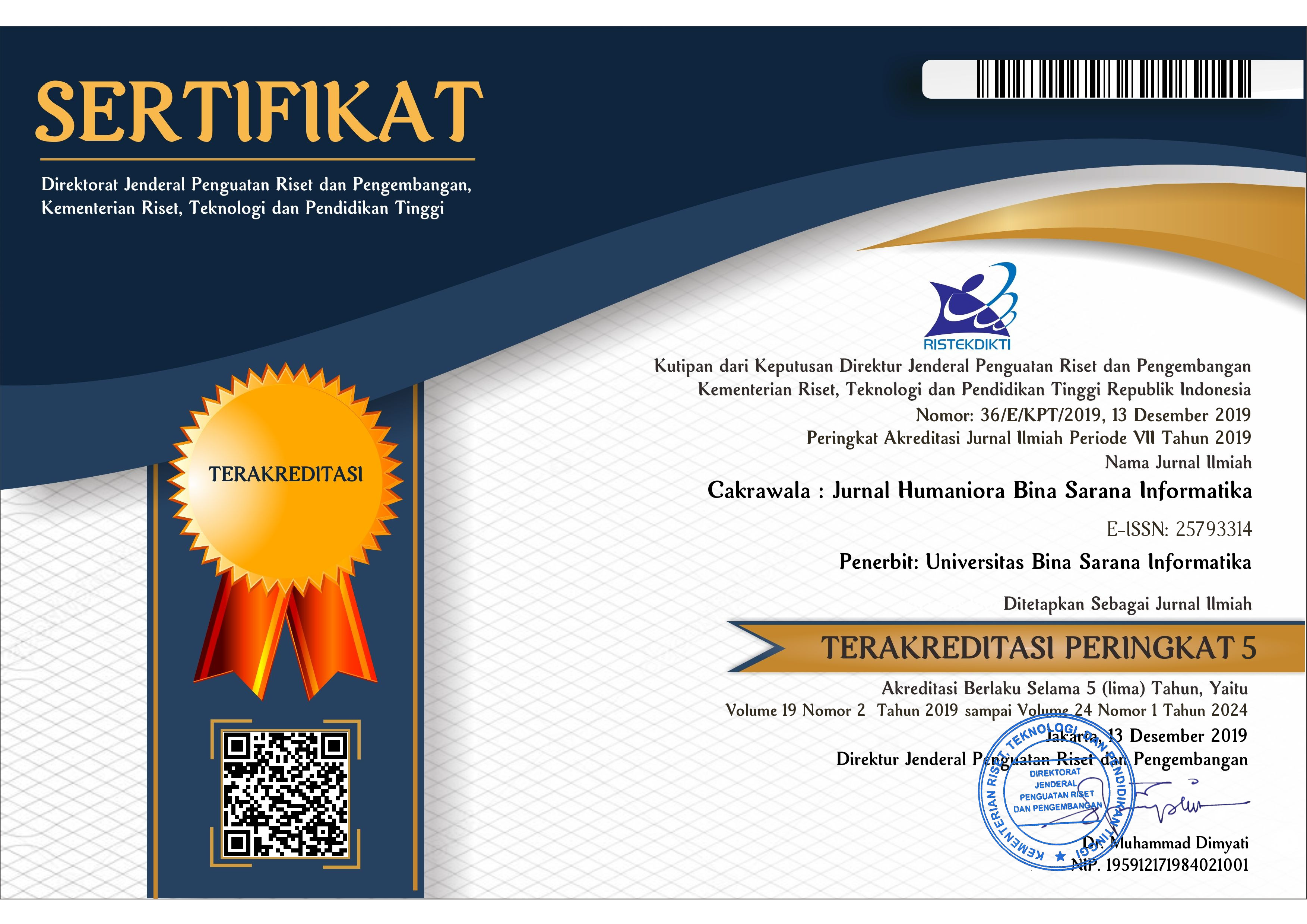Tinjauan Kurikulum Pendidikan Seni dan Desain di Staatliches Bauhaus Pada Tahun 1919-1933
Abstract
Bauhaus has an important role in the evolution of art and design schools, by becoming the first school to combine imaginative design aspects and technical proficiency aspects. Staatliches Bauhaus is a design school in Germany which was founded in 1919 in the city of Weimar, then in 1923 in the city of Dessau, and in 1932 in the city of Berlin, until it was closed in 1933. The concept and method of Bauhaus school education is a renewal of the same school model at the time previously, so that it has become an inspiration in the world of design education and the design industry until today. This paper is a research on one of the breakthroughs in Bauhaus education, namely the composition of the Bauhaus curriculum. Through the literature method, curriculum analysis is described based on the concepts and methods of each curriculum, which are sorted from the period of three Bauhaus-Directors: Walter Gropius, Hannes Meyer, and Mies van der Rohe. The results show that the concepts and methods of the Bauhaus school curriculum are intended so that art and design can integrate with the realities of everyday life.
Full Text:
PDFDOI: https://doi.org/10.31294/jc.v20i2.9105
ISSN: 2579-3314


Dipublikasikan oleh LPPM Universitas Bina Sarana Informatika
Jl. Kramat Raya No.98, Kwitang, Kec. Senen, Kota Jakarta Pusat, DKI Jakarta 10450

This work is licensed under a Creative Commons Attribution-ShareAlike 4.0 International License









